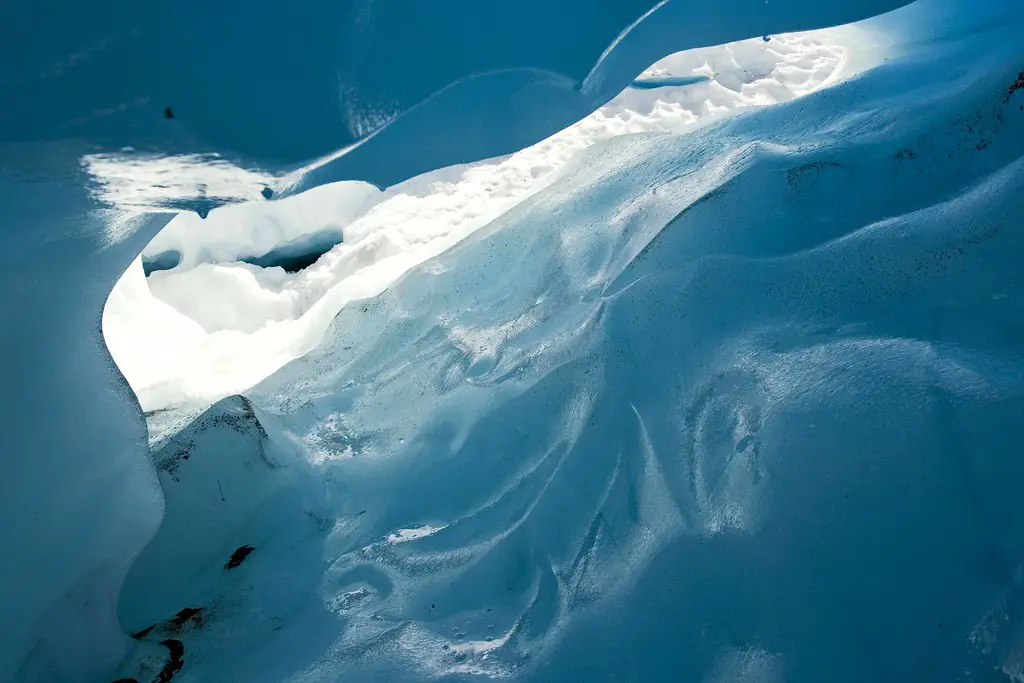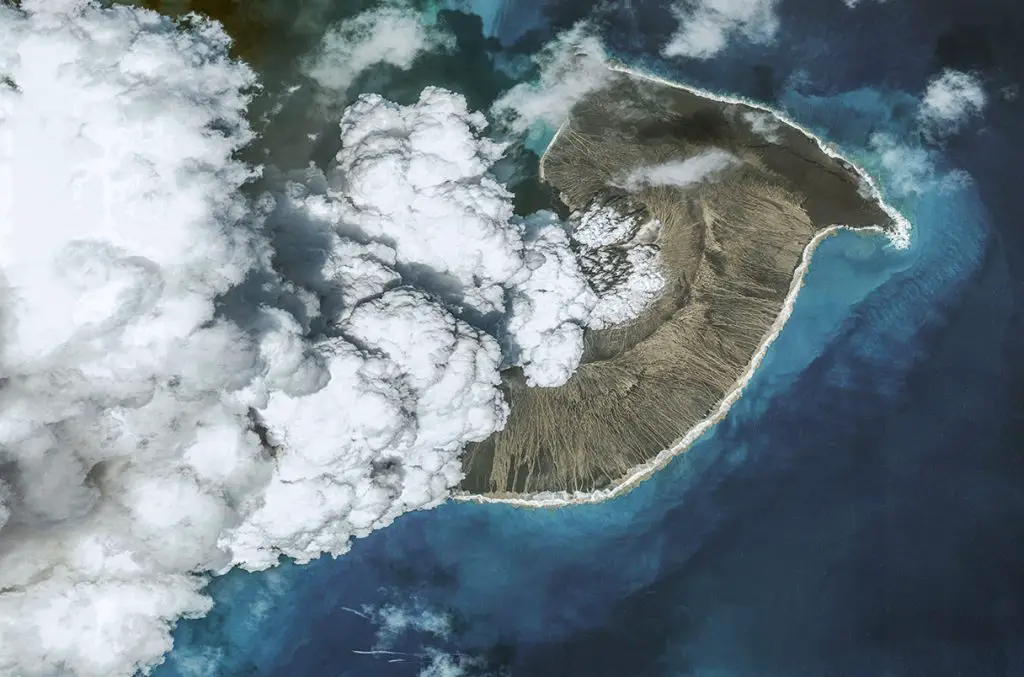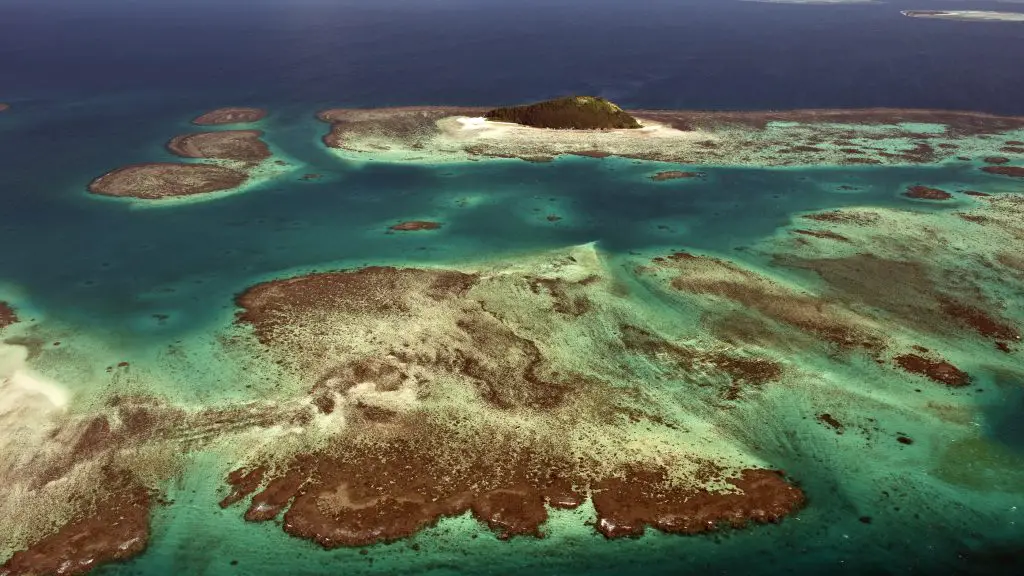Will New Zealand be underwater in the future? This is a question that has been asked by many people, and the answer is not straightforward. While there are concerns about rising sea levels and their impact on low-lying coastal areas, it is unlikely that New Zealand will be completely underwater anytime soon.
According to the Intergovernmental Panel on Climate Change (IPCC), sea levels have risen by an average of 15 cm since the beginning of the 20th century, and they are expected to continue rising in the future. However, the rate of sea-level rise is not uniform across the globe. Some areas, such as the Pacific Islands, are more vulnerable to sea-level rise than others.
New Zealand, located in the southwestern Pacific Ocean, is not immune to the effects of rising sea levels. The country has a long coastline, and many of its major cities, including Auckland, Wellington, and Christchurch, are situated near the coast. In addition, there are many low-lying areas and small islands that could be impacted by sea-level rise.
However, New Zealand has taken steps to prepare for the impacts of climate change. The government has developed a National Adaptation Plan, which outlines strategies for adapting to the impacts of climate change, including sea-level rise. The plan includes measures such as improving coastal infrastructure, protecting natural ecosystems, and relocating vulnerable communities.
In addition, New Zealand is a signatory to the Paris Agreement, a global agreement to combat climate change. Under the agreement, New Zealand has pledged to reduce greenhouse gas emissions and to pursue efforts to limit global temperature rise to 1.5 degrees Celsius above pre-industrial levels.
While New Zealand is taking steps to address the impacts of climate change, there are still concerns about the potential for sea-level rise to cause significant damage to coastal areas. A recent report by the Ministry for the Environment estimated that by 2120, sea levels could rise by between 30 cm and 100 cm, depending on the level of global greenhouse gas emissions.
This level of sea-level rise would have significant impacts on New Zealand’s coastal communities, including increased flooding, erosion, and saltwater intrusion. However, it is important to note that even in the worst-case scenario, New Zealand is unlikely to be completely underwater. While sea-level rise could cause significant damage and displacement, it is more likely to result in changes to the coastline rather than the complete submersion of the country.
In conclusion, while there are concerns about the impacts of sea-level rise on New Zealand’s coastal areas, it is unlikely that the country will be completely underwater in the future. New Zealand has taken steps to prepare for the impacts of climate change, and there are ongoing efforts to reduce greenhouse gas emissions and limit the extent of sea-level rise. However, it is important for the government and communities to continue to prioritize adaptation and mitigation efforts to ensure the long-term resilience of New Zealand’s coastal areas.
There are several factors that could impact the extent of sea-level rise in New Zealand. One of the main drivers of sea-level rise is the melting of polar ice caps. As temperatures continue to rise, the melting of ice in Antarctica and Greenland could cause sea levels to rise at a faster rate than current projections.
Another factor is the potential for more frequent and intense storm surges, which could cause significant damage to coastal areas. Climate change is expected to increase the frequency and intensity of extreme weather events, including storms and hurricanes, which could exacerbate the impacts of sea-level rise.
In addition, human activities such as land use change and groundwater extraction can also impact the vulnerability of coastal areas to sea-level rise. For example, coastal development and urbanization can lead to the loss of natural defenses such as wetlands and mangroves, which can help to absorb the impacts of sea-level rise and storm surges.
To address these challenges, New Zealand has developed a range of policies and initiatives aimed at building resilience to the impacts of climate change. The government’s Climate Change Adaptation Technical Working Group has identified a range of actions that can help to reduce the impacts of sea-level rise, including:

- Improving the accuracy and consistency of sea-level rise projections to better inform planning and decision-making
- Developing more detailed coastal hazard maps and risk assessments
- Supporting the development of community-led adaptation strategies that take into account local knowledge and values
- Encouraging the use of nature-based solutions, such as wetland restoration and beach nourishment, to help protect coastal areas
- Supporting research and innovation to develop new technologies and approaches for adapting to the impacts of sea-level rise
These actions, combined with ongoing efforts to reduce greenhouse gas emissions, can help to build the resilience of New Zealand’s coastal areas to the impacts of climate change. While the sea-level rise is a significant challenge, it is one that can be addressed through coordinated action and long-term planning. By working together, New Zealand can help to ensure the long-term health and sustainability of its coastal communities and ecosystems.





